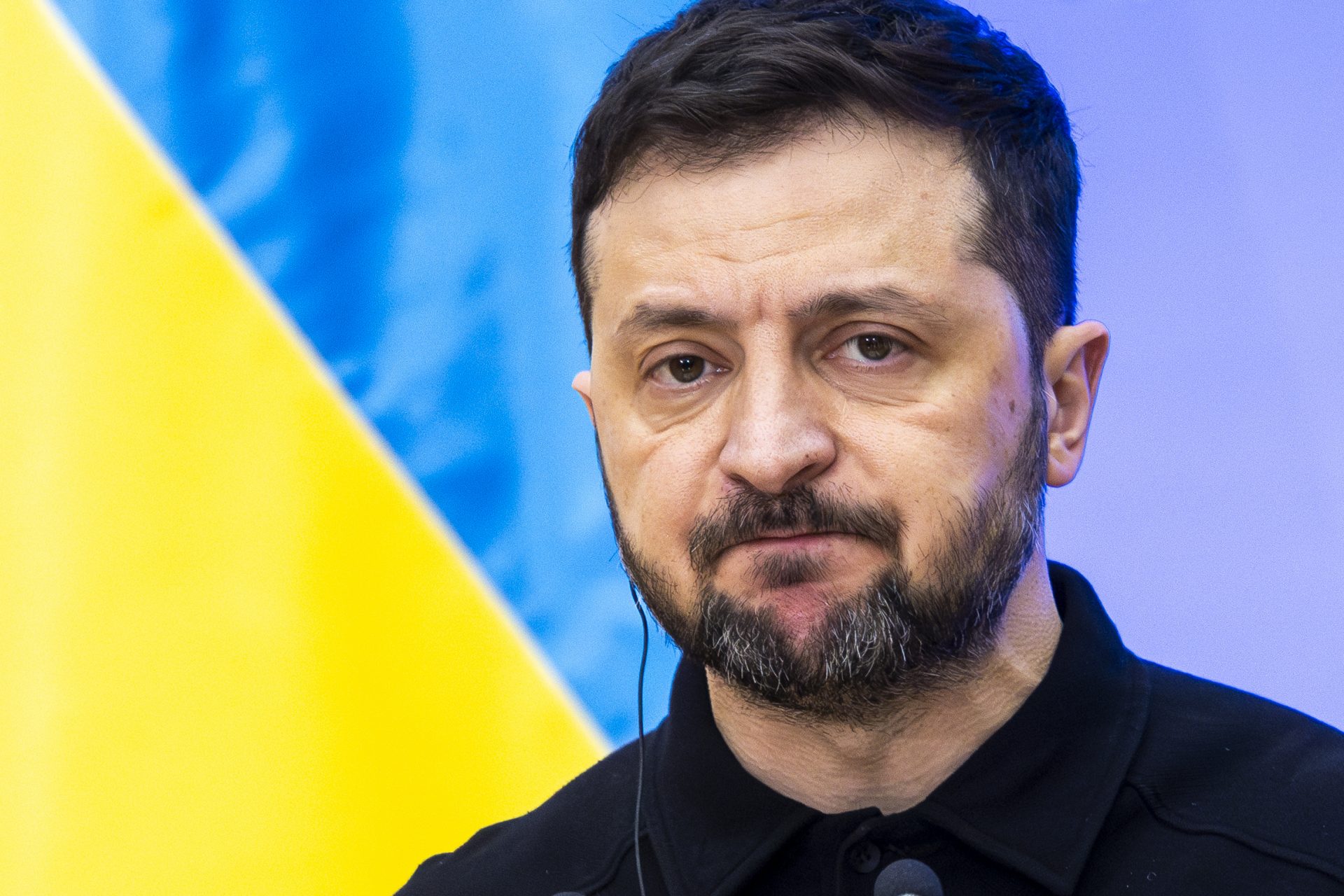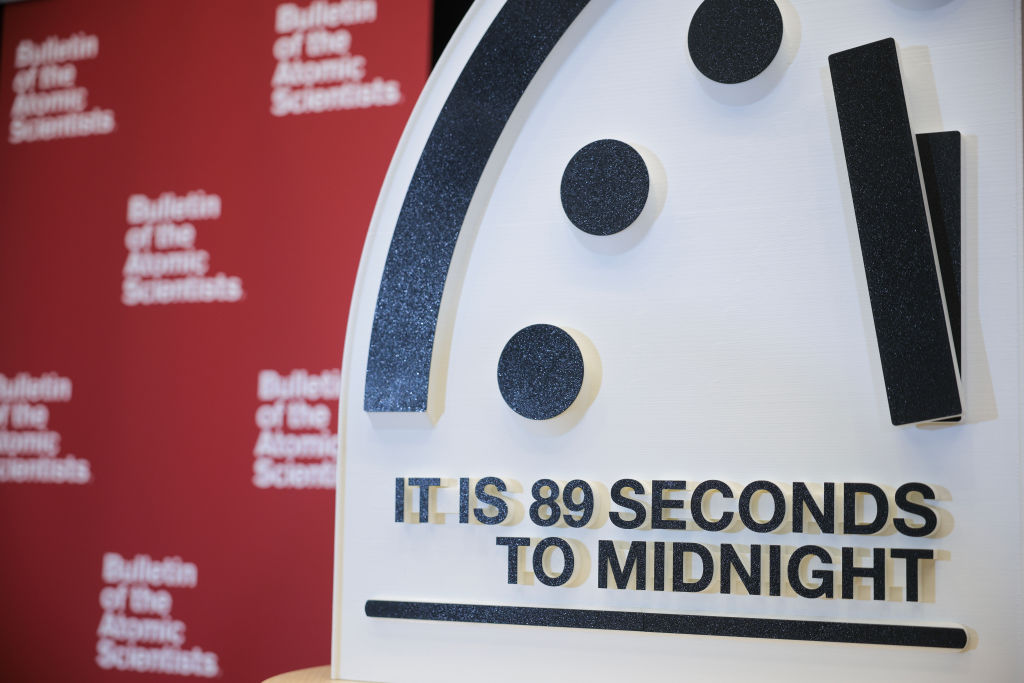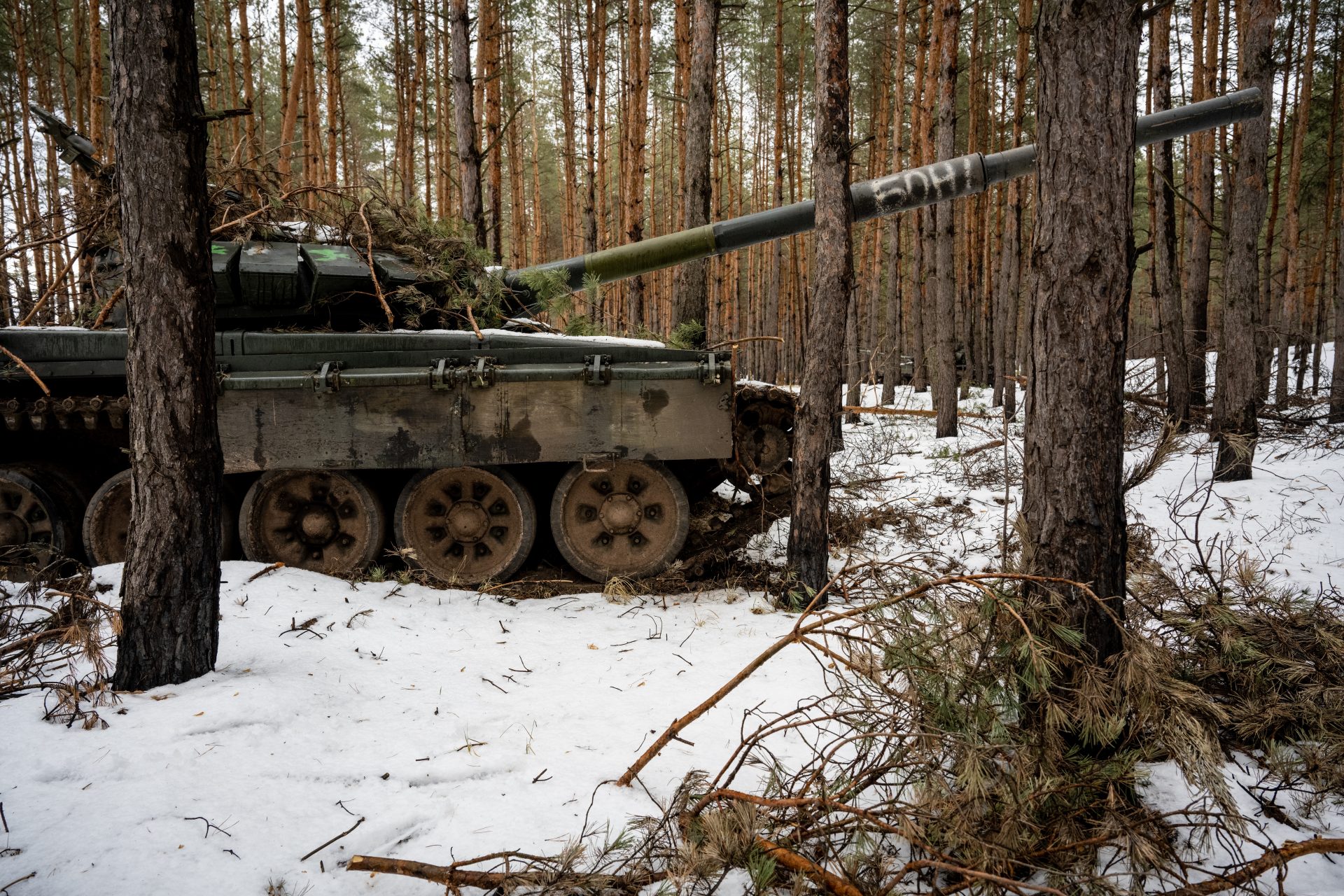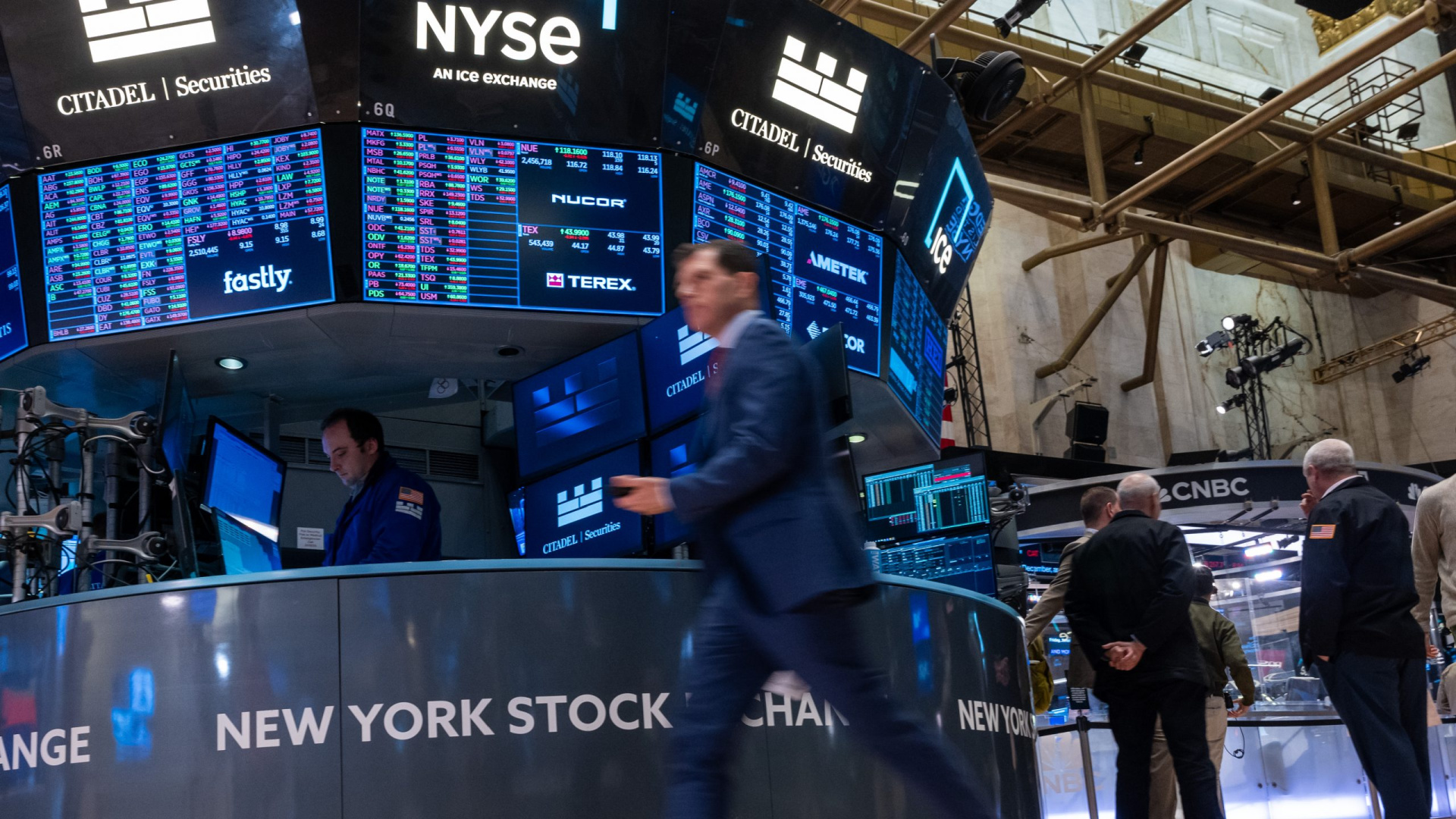Why some schools in the US have decided to ban backpacks
Two Michigan school districts decided to ban backpacks after several confiscations of handguns from students this academic year, several media reported.
The decision comes at a time when schools across the US are struggling with how to prevent and prepare for mass shootings on campuses.
While some schools have taken to conducting mass shooter drills, installing metal detectors or even stocking up with AR-15 rifles for resource officers, some experts say that addressing student mental health is really important when it comes to preventing those tragedies.
Whenever a school shooting takes place, discussions often follow about whether school officials may have missed any “red flags.” Experts and data show that school shooters almost always give signs before they open fire.
The gunman in Uvalde’s elementary school massacre, for instance, was a lonely 18-year-old who was bullied at school, had a disruptive family life and was suicidal, according to testimonies of people who were close to him, given to The Washington Post.
In fact, a mass shooter database created by experts for the National Institute of Justice, found that, since 1966, all school shooters had a large number of risk factors for violence. 45% had witnessed or experienced childhood trauma and 77% had mental health issues.
The same database found that 75% of school shooters had an interest in past shootings, as evidenced in their writing, social media posts or other activities.
The database also showed that 87% of mass school shooters showed signs of a crisis, as exhibited in their behaviour before the shooting.
Image: Elisa ventur/Unsplash
78% revealed their plans ahead of time, often on social media. When younger, they also used guns that they stole from parents and other significant adults in their lives, according to the database.
Social media threats are forcing administrators to close schools or entire districts, impose lockdowns, or evacuate buildings while police investigate almost every day, according to the Disctrict Administration.
Image: Ivan Aleksic/Unsplash
The same analysis found that about 80% of mass school shooters thought about taking their own lives. Almost all of them died at the scene of the shooting.
Image: Kat J/Unsplash
According to the database, 52% of mass school shooters killed themselves, while 15% were killed by police and 30% were apprehended.
Punishing explicit threats of violence with suspension, expulsion or criminal charges is ineffective with students who want to end their lives, according to ScienceDirect.
Image: Jeswin Thomas/Unsplash
Likewise, when a would-be shooter already desires to die, the death penalty (President Trump’s proposed response to mass shootings) is pointless.
This is why drills are inadequate, according to experts. “If the shooter is a student in the school, this only shows potential perpetrators the school’s planned response, which can be used to increase casualties”, write Jillian Peterson and James Densley, Professors of Criminal Justice, in The Conversation.
Image: Redd/Unsplash
“Because educators observe students’ emotional and behavioral development daily, they are best positioned to detect troubled behaviors and intervene”, says Elizabeth Englander, Professor of Psychology, in The Conversation.
Image: Kenny Eliason/Unsplash
Screeners are brief assessments that take no more than a few minutes to complete. They include approximately 20 questions and are given to each student in the elementary classroom.
Image: Adam Winger/Unsplash
These tool asks students to indicate things such as “I lose my temper” or whether they are “adaptable to change.” The questions are purposefully broad and are meant to identify students who may be at risk for either internal problem behaviors, such as depression, or external ones, such as aggression toward others.
Image: Ben Mullins/Unsplash
The screenings are scored and used to prioritize which students need intervention, says Nathaniel von der Embse, creator of the Social, Academic and Emotional Behavior Risk Screener, to The Conversation.
Image: Priscilla Du Preez/Unsplash
A program in Los Angeles, financed under California’s Mental Health Services Act, is noteworthy for the sharing of information among agencies and for the degree of follow-up in keeping track of worrisome students over time, according to the New York Times.
From principals, counselors, school security officers or parents worried about students who have talked about suicide, exhibited bizarre behavior or made outright threats.
Image: Hassan Ouajbir/Unsplash
They go to the school, evaluate them there, then go to the child’s home and ask to see the bedroom and do a data-driven assessment. Experts involved in the program said that in more than a few cases, the approach had been successful in heading off violence.
Due to budget cuts, many schools have few or no trained school psychologists, social workers or adjustment counselors on staff, according to the American Counselling Association.
All school personnel should be able to recognize signs of a student in crisis, according to experts. They need to be trained in crisis intervention, de-escalation, self-harm prevention, and be educated on how to connect students to needed help.
Image: Jason Goodman/Unsplash
Children learn social skills from everyday interactions with each other. Playtime teaches young people how to control their emotions, recognize others’ feelings and to negotiate, according to Parenting Science.
Image: Abigail Miller/Unsplash
Students with more fluent social skills connect better with others and may be able to recognize troubled peers who need help, according to Joseph E. Zins, author of ‘Building Academic Success on Social and Emotional Learning.’
Image: Helena Lopes/Unsplash
Research suggests that it is time to shift the focus from protection to prevention and from physical security to mental well-being.
Image: Sam Balye/Unsplash
More for you
Top Stories








































